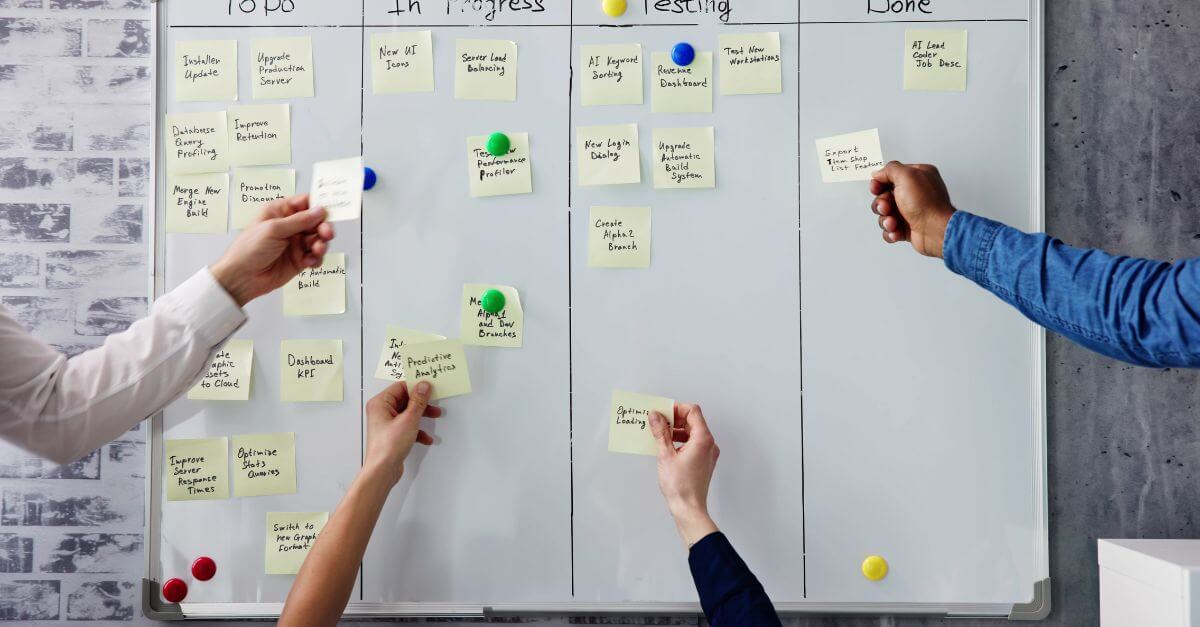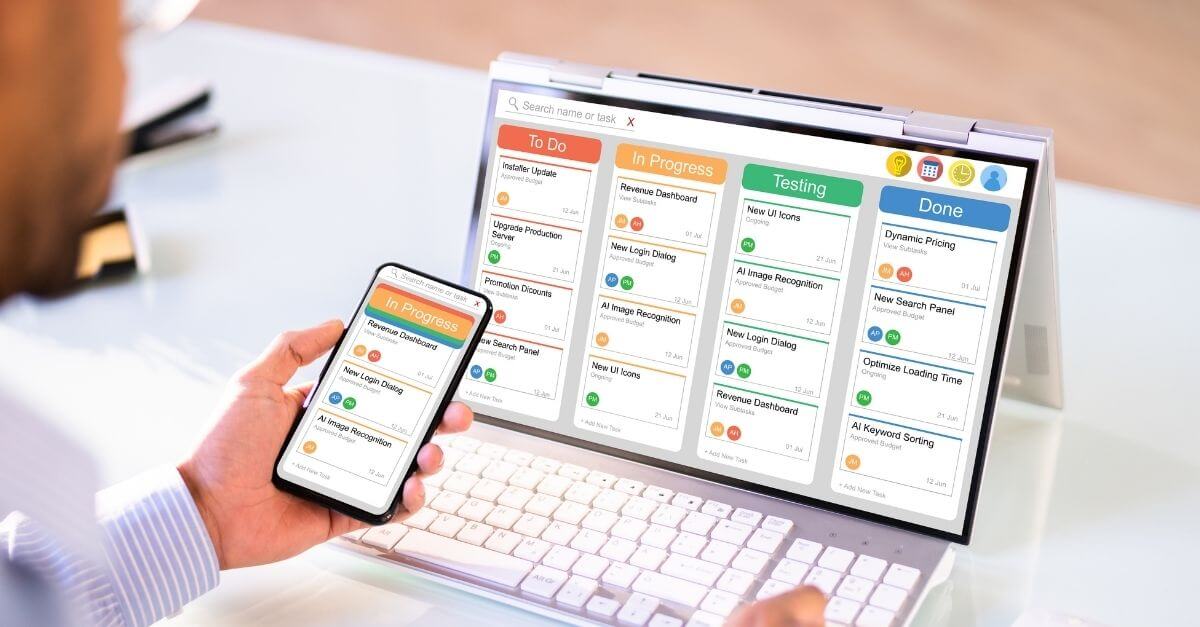How to have effective virtual meetings in times of telecommuting

In a way forced by the COVID-19 pandemic, teleworking has become our new daily reality, and almost all, if not all, of us have become accustomed to virtual meetings from a workspace at home.
It has already become clear that teleworking is here to stay, but as with everything new, we have had to adapt to a series of new practices, to which honestly, many of us were not accustomed. But this does not mean that they are negative, simply new. For example, the improvement of our personal focus and organization, being less exposed to the interruptions that we could previously have in the office in person.
On the other hand, not everything is the color we would like, and unfortunately there are other practices that have made us have less healthy habits such as feeling permanently connected and attentive to the chats and communications of our team. This, unconsciously, has increased the level of stress and tension of the workday.

A remote meeting is not a face-to-face meeting
Many of you will have been surprised to read the title because you will think… After all, a meeting is a meeting, isn’t it? And the fact that it’s remote or face-to-face, shouldn’t change much about it, except for not being physically in the office. But the truth is that recent studies have shown that poorly managed meetings can exhaust us psychologically and even tire us more than face-to-face meetings. How many times have you chained one meeting after another, being even difficult to find time to go to the bathroom or have a coffee? When now we have it closer than ever! Curious, isn’t it?
See how Teams can help you with remote working
What has changed in our day-to-day work?
In a teleworking context we accept all calls and we have the need to be always present. Now, the talks with the compis that we had before in the corridor are also by videoconference, so those more informal moments become teleworking meetings, even with a single interlocutor.
In face-to-face meetings we took into account travel time, which made us have a margin between meetings. This time helped us to disconnect and internalize the topics discussed.
What can I do to disconnect from teleworking?
How to make a virtual meeting effective
It is necessary to adopt some simple but effective practices so that our psychological and even physical health is not affected:
- Avoid consecutive meetings. Try to leave a margin of at least 30′ before and after each one.
- Put on a maximum of “intense” meetings per day (let’s say two or three daily), that is, those that by duration, topics and attendees need more of your attention and energy.
- Be strict with the start and end of meetings. And if you have cut yourself, look for a space another day. This way you will avoid not unbalancing your valuable planning of the day.
- Reserve sections of personal work where your agenda is blocked and, therefore, you can concentrate on specific topics without any meeting distracting you.
- Consider meeting attendees’ agendas (if you can see them). If your schedules for that day are already very full, better look for a space at another time.
- On the old “hallway” meetings, discriminate the important from the urgent to give attention to the person who needs you. If it is not urgent, you can postpone the talk for later and even another day. Take advantage of coordination meetings with your colleagues to talk about these less urgent issues.
- And last but not least… You can and should refuse meetings! It is not a crime and doing so will mean that you give it the necessary importance, and that is why you want to look for a more suitable space to deal with the subject.
Did you find them useful? Well, these are just a few small tips that will help you better manage your meeting agenda. If you need help to optimize teleworking in your team or company, contact us and our Agile consultants will advise you to find the best solution.
AgileEnterprise, remoteworking, telecommuting
Go back


